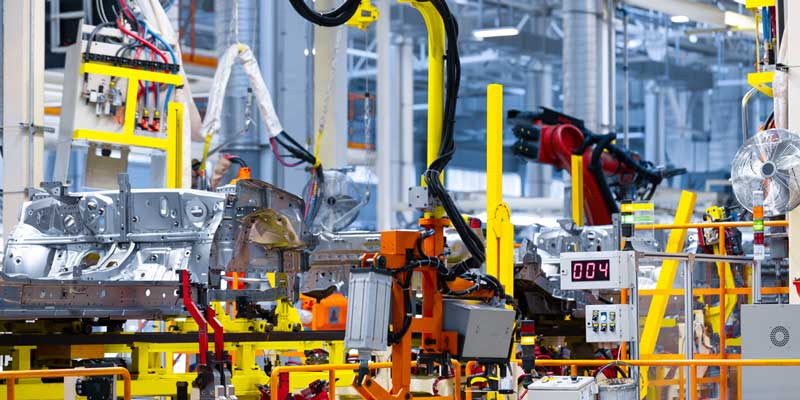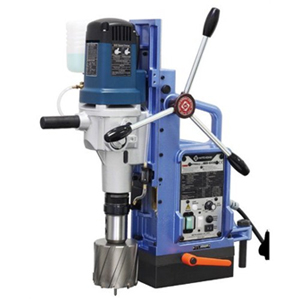Schedule a Call Back
Make-in-India Revolutionised India: Ashish P Dhakan
 Articles
Articles- Feb 07,25

Related Stories

Wipro Hydraulics Marks 50 Years with Global Expansion and Innovations at EXCON 2025
Wipro Hydraulics celebrates 50 years, showcasing global growth, advanced technologies, and new innovations at EXCON 2025.
Read more
OGP Appoints Panos Angelopoulos as President, Global Sales to Drive Growth
OGP has appointed Panos T Angelopoulos as President, Global Sales, as the company advances its next phase of optical and multisensor metrology innovation.
Read more
TARIL Secures Rs 533.3 Mn PGCIL Contract for 397 MVA HVDC Converter Transformer
TARIL secures a Rs 533.3 million PGCIL order for a 397 MVA HVDC converter transformer, marking a major milestone in India’s advanced transmission technology segment.
Read more













